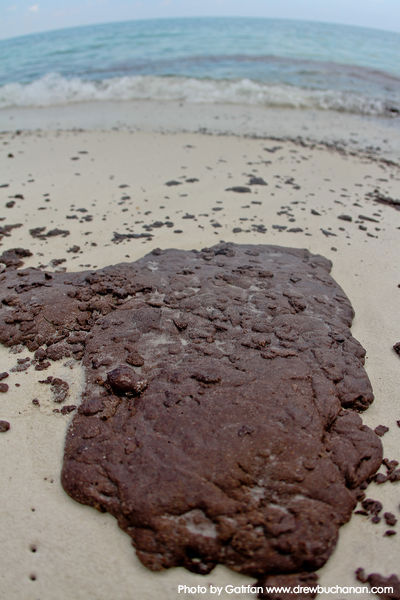By Carole Allen, Gulf Office Director, Turtle Island Restoration Network
Although an unknown amount of oil may have reached Texas beaches from the Deepwater Horizon Oil Spill in 2010, the collision of a barge and a ship in Galveston Bay on March 24, 2014 is a wake-up call for the state. Thousands of gallons of oil leaked into the Bay as the spring migration of birds begins. In addition, the nesting season of the Kemp’s ridley sea turtles will begin soon. Fortunately, a colder-than-usual winter has resulted in the sea turtle nesting season being later than usual. In addition, oyster reefs, and coastal marshes that provide food for shrimp, crabs and fish are threatened.
As the Coast Guard works to prevent oil from reaching Galveston beaches, wind and currents are pushing oil to the west toward Freeport and other beaches sea turtles and other wildlife visit. Fortunately, a Coast Guard station is located at Galveston so response was quick and effective. But what about other areas of Texas without Coast Guard vessels to immediately start trapping and removing oil as they have in Galveston Bay. Offshore
Texas is dotted with hundreds of oil rigs so, obviously, the state needs to examine its ability to respond quickly to meet threats of oil spills all along the coast.




